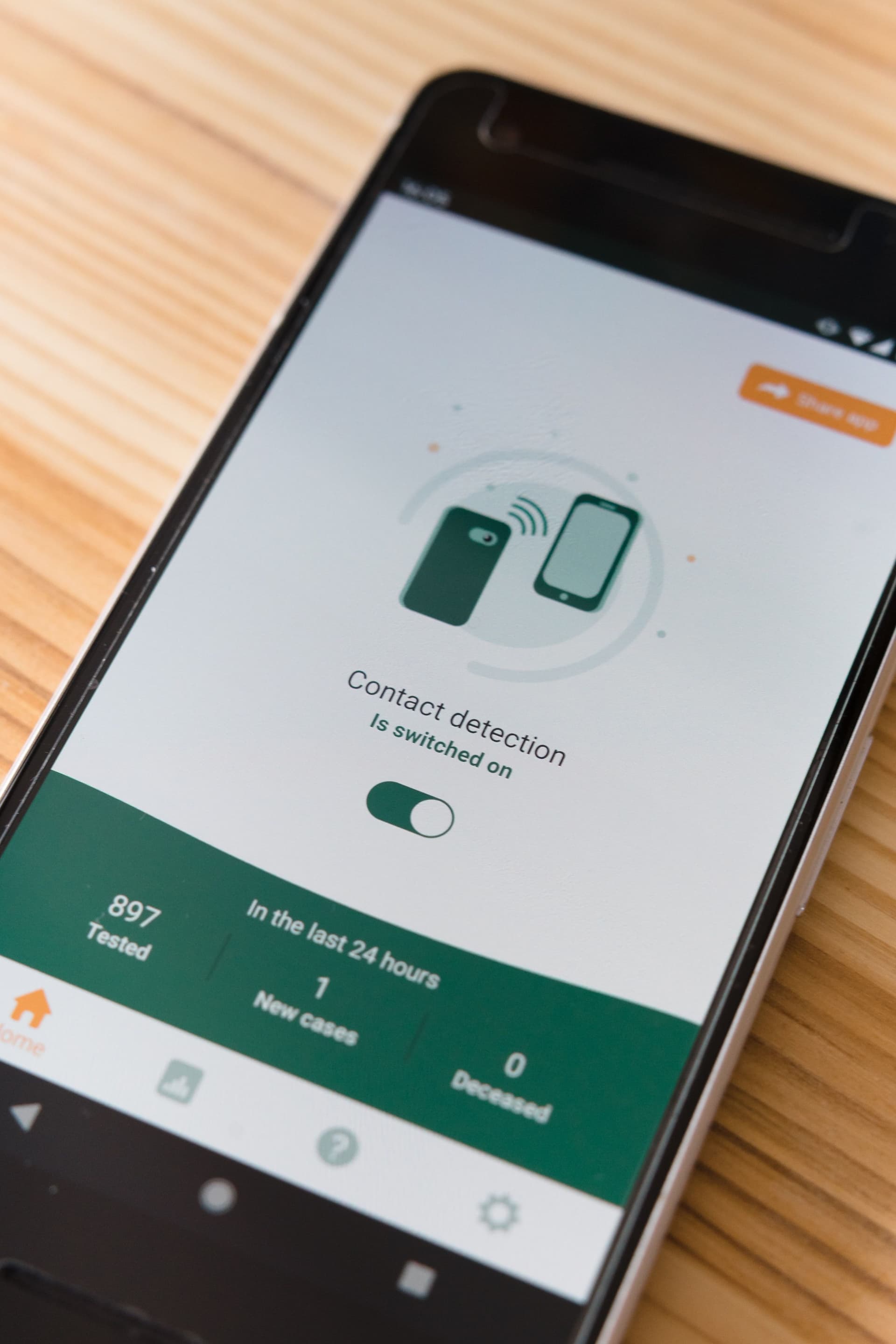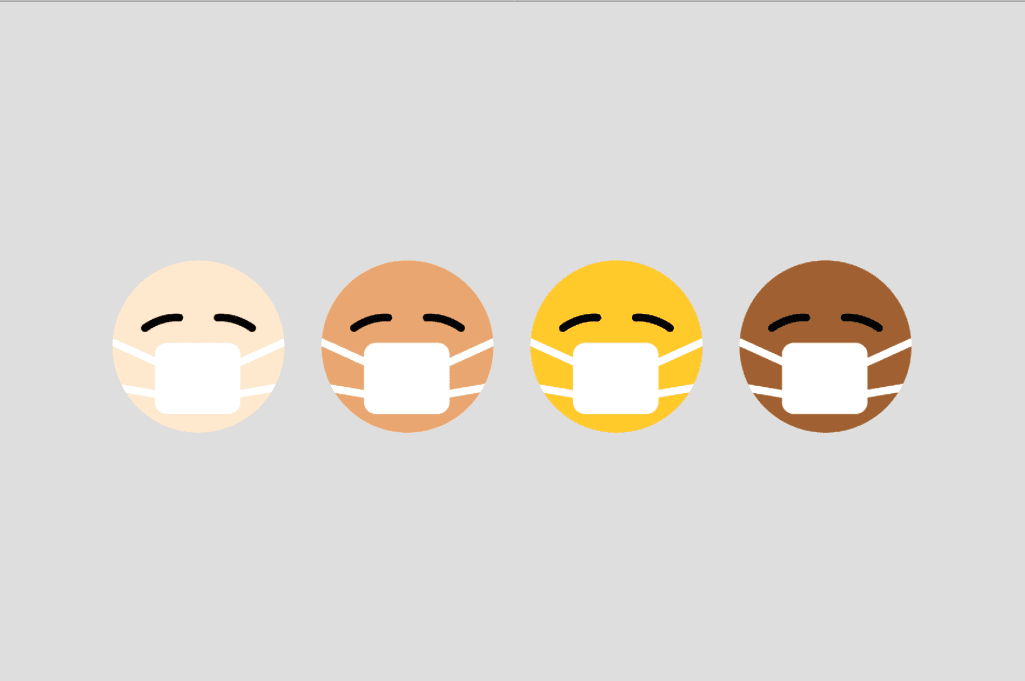Why did the EU rule out recommending Blockchain technology for the development of anti-COVID19 apps?
Sergio Velasco||Blockchain|5 min read

The help offered by blockchain technology
Since the beginning of the pandemic, we at Exponentia have been thinking about using technology to help society. In particular, we believe that Blockchain technology helps prevent and control contagion by providing public and traceable access to data. We were very curious as to whether the European Union would bring out a joint application for the different member countries or each one would tackle it independently.
Along these lines, on 13 May 2020, the European Union drafted a document focusing on the interoperability of mobile applications that are dedicated to networking to detect potential outbreaks of COVID-19. This other page shows the official contact tracing applications in the EU Member States. It is very interesting that the classification of applications is focused on interoperability. In particular, the following factors are assessed for each of the applications:
- Interoperability: Is it potentially interoperable? In response to this question, 20 applications are "potentially interoperable" out of a total of 22.
- Interoperability: Can it already communicate with another application? Here 7 applications out of 22 can already communicate with another application

- In the interoperability document provided by the EU, the following phases to be developed are distinguished:
- Provide the user with the necessary technology through an app to be able to detect useful information to reduce regrowth.
- The app will detect the proximity to other contacts who have the app and record the details of the meeting.
- When the user is COVID-19 positive, they can register it in the app so that the authorities have this information.
- The app will be able to calculate the user's exposure risk depending on the details of the encounters he has had.
- The app will notify the user if the risk is high and possible actions following a risk contact.Logically, all these phases must comply with the GDPR and must preserve the privacy of European citizens.
Why not use the Blockchain technology?
We are surprised that, in the first document we talked about, there is no mention anywhere of Blockchain technology as a potential for interoperability between the different applications of the member countries.Blockchain, as a technology, gives us security in knowing that, once a data has been written in the shared registry, this cannot be modified or deleted. This would be very important, for example, in order to have a record shared by the different countries of the union in step 3 (recording a positive case).Additionally, because of the nature of the non-permitted Blockchain networks, this information would be publicly accessible and it would also be very easy to integrate and interoperate with this data as all countries could share the same register. Currently, as can be seen in the document , each application uses its internal database and does not communicate with the others.A potential drawback of using this technology is that the information that has been saved cannot be modified. For some enforcement agencies, this feature is a serious problem because it limits their power to present or analyze their data.

Health workers would bring a lot of value to the data
It should also be noted that current applications are based on the good faith of the citizen in notifying a positive. Neither the solutions proposed in the list, nor a new one using Blockchain technology, could prevent the user from introducing false positives into the system. To reduce this risk, neutral third parties should certify positives on the basis of reliable tests. This could be done by qualified health personnel, which would add a lot of value to the data stored.In conclusion, the Blockchain technology could serve as a shared, traceable and auditable register at European level. In this way positives and other data related to the pandemic could be easily shared.If this system were used as part of the backend of current mobile applications, the cost of interoperability between these systems would be drastically reduced and security and transparency would be increased due to the immutability of the data.Mysteriously, in the document proposed by the EU, this technology for interoperability between applications has not been assessed or mentioned… Coincidence?